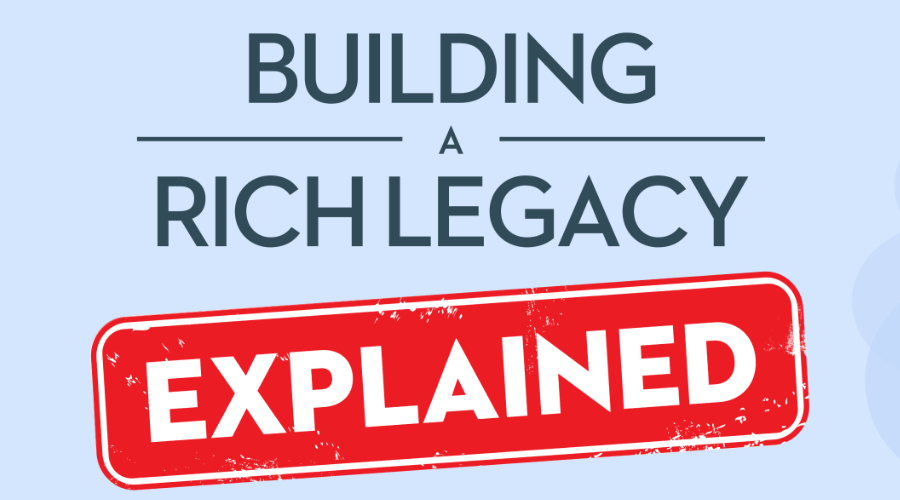Canadians approaching retirement age face some important decisions about when to start receiving their Canada Pension Plan (CPP) benefits. On the one hand, delaying CPP benefits can lead to larger monthly payments down the road. On the other hand, if you require the funds sooner to manage rising inflation or support your lifestyle needs, starting earlier might be more beneficial.
In this article, we explore the advantages of delaying CPP until age 70 and discuss the key factors to consider when making your decision. We also explore how deferring Old Age Security (OAS) benefits can be a complimentary strategy to deferring CPP. The article also shows how the CHIP Reverse Mortgage can be used to provide a retirement income while you wait for your CPP pension benefits.
Advantages of delaying your CPP
The CPP is a monthly, taxable benefit payment that helps to replace your income in retirement.
You can choose to receive the CPP benefit as early as age 60 or as late as 70. Here are some key benefits to deferring your CPP benefits:
1. Increased monthly payments
One of the most compelling reasons to delay CPP benefits is to boost your monthly payments. For every year you delay receiving CPP after age 65, your monthly payment increases by 0.7% a month or 8.4% annually – that means retirees can boost their CPP by 42% by delaying their benefits from age 65 to age 70. As can be seen, delaying the CPP can lead to significant increases in benefit payments over time:
CPP at 60 vs 65 vs 70
- The average monthly CPP benefit for someone starting at age 60 is $532.
- The average monthly CPP benefit for someone starting at age 65 is $816.
- The average monthly CPP benefit for someone starting at age 70 is $1,079.
2. Enhanced longevity protection.
The higher monthly payments can be especially beneficial if you anticipate living into your 80s or longer, leading to significantly greater income in your retirement years. In other words, by delaying receiving CPP payments, you’re essentially purchasing longevity protection and setting yourself up for higher monthly income payments.
3. Financial flexibility
By drawing from other sources of income earlier in your retirement, such as personal savings or employer-sponsored pensions, you can preserve your CPP for later in life. This can reduce the risk of outliving your retirement savings too early and provide peace of mind and financial stability as you grow older.
4. Potential tax advantages
Choosing to delay your CPP may lead to tax benefits, as higher monthly payments in your 70s and beyond may be offset by lower overall income later in your retirement years.
Should you delay your CPP?
The decision to delay your CPP should be taken in the context of your personal circumstances and financial situation. Here are some factors to consider in making your decision.
You might want to take the CPP earlier if:
- You need the funds to meet your lifestyle needs
- You will receive the Guaranteed Income Supplement, a monthly non-taxable benefit provided to lower-income Canadians
- Your future health is a consideration.
You might want to delay taking the CPP if:
- You are in good health and anticipate living into your 80s and beyond.
- You want an income stream later in retirement that is inflation-protected.
- You expect a normal rate of return on your retirement savings.
- You have a company pension or adequate personal savings to meet your income needs earlier in your retirement years.
- You have access to other sources of income in retirement, such as a reverse mortgage.
The CPP is not automatic; you need to apply to receive it and decide when to start receiving the benefits.
Delaying your Old Age Security (OAS) until 70
You can begin receiving your OAS benefits at age 65. However, like the CPP, the longer you wait to receive your OAS, the greater your monthly benefit. For each year you delay receiving the OAS until age 70, your monthly OAS benefit rises by 0.6%. In addition, OAS are linked to inflation, helping you deal with the rising cost of living.
In 2022, the federal government permanently increased the OAS by 10% for seniors aged 75 and over – the first permanent increase to the OAS since 1973. This adjustment makes delaying your OAS benefits even more attractive and a complimentary strategy to delaying CPP.
Most Canadians are automatically enrolled in the OAS, but in some cases, you may need to apply if the government requires more information. To learn more about the application process and when to start your OAS, visit the Government of Canada OAS Application site.
Reverse mortgage: A strategic tool when delaying CPP
Of course, to delay receiving CPP and OAS means that you need to find other ways to supplement your income early in your retirement years, such as drawing from your personal savings or your company pension plan. The challenges are that not everyone has enough personal savings to cover the gap and many Canadians don’t have company pension plans. The good news is that there is a strategy available to you to increase your cash flow in the present and receive the maximum allowable pension benefits by delaying CPP and OAS.
The CHIP Reverse Mortgage from HomeEquity Bank allows Canadian homeowners aged 55+ to access up to 55% of their home’s value and turn it into tax-free cash. With a CHIP Reverse Mortgage, you don’t have to make any regular mortgage payments or pay back the loan until you move or sell.
You can choose to receive the tax-free funds as a lump sum or in regular monthly deposits. The funds can be used to meet any of your needs, such as paying for your lifestyle expenses, debt consolidation, building an emergency fund, or home renovations.
By tapping into the equity you’ve built in your home, a reverse mortgage gives you the financial cushion to delay receiving your old age pensions, allowing you to maximize the CPP and OAS benefits available to you.
Learn more about how a CHIP Reverse Mortgage works and how it can help with your cash flow needs in retirement or call us toll-free at 1-866-522-2447.
































